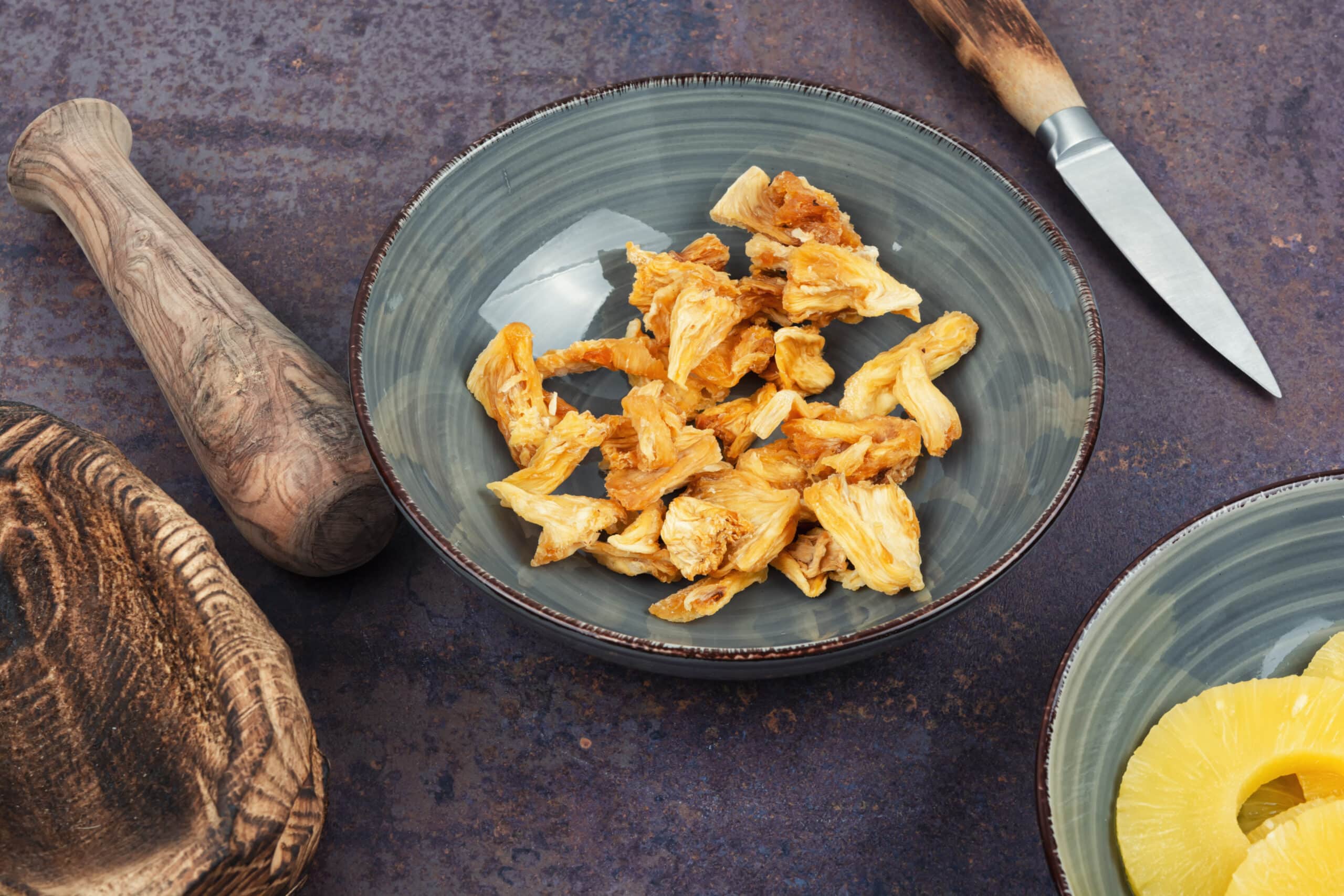Where do you cut chicken of the woods?
Key Takeaways
- Chicken of the Woods mushrooms have a distinct appearance with bright orange or yellow shelves that grow in overlapping layers, and they are typically found on dead or dying hardwood trees.
- To properly harvest Chicken of the Woods mushrooms, use a sharp knife to make a clean cut as close to the base as possible, avoiding pulling or ripping the mushrooms off the substrate.
- To practice sustainable harvesting, consider leaving some mushrooms behind, rotate harvesting locations, and observe local regulations to preserve the delicate balance of ecosystems.
When it comes to harvesting Chicken of the Woods mushrooms, knowing where to make the cut is crucial to ensure a successful harvest without damaging the mushroom or its habitat. In this article, we will explore the proper technique for cutting Chicken of the Woods mushrooms, along with some additional tips for sustainable harvesting.
Identifying and Choosing Healthy Specimens
Before we delve into the cutting technique, it’s important to ensure you can confidently identify Chicken of the Woods mushrooms. They have a distinct appearance with bright orange or yellow shelves that grow in overlapping layers. Additionally, they are typically found on dead or dying hardwood trees, such as oak or beech.
Once you have identified Chicken of the Woods mushrooms, it’s essential to choose healthy specimens that are fresh and free of decay or insect damage. Look for firm, vibrant-colored mushrooms with no signs of rot or infestation.
The Proper Cutting Technique
To harvest Chicken of the Woods mushrooms, you will need a sharp knife and a gentle hand. It’s crucial to avoid pulling or ripping the mushrooms off the substrate, as this can damage the mycelium and inhibit future growth.
Locate the base of the mushroom where it meets the tree or log. Using a sharp knife, make a clean cut as close to the base as possible. Take care not to disturb the surrounding area or other mushrooms nearby. This technique allows the mycelium to remain intact and continue growing.
Sustainable Harvesting Practices
Practicing sustainable harvesting is crucial to ensure the long-term survival of Chicken of the Woods mushrooms. Follow these tips to minimize your impact:
- Leave some mushrooms behind: When harvesting, consider leaving some mushrooms behind to allow for future growth and reproduction. This ensures the sustainability of the mushroom population in the area.
- Rotate harvesting locations: Avoid harvesting from the same spot year after year. Instead, rotate your harvesting locations to allow for natural regeneration and prevent overharvesting.
- Observe local regulations: If you are foraging on private property or in a protected area, make sure to obtain permission or check local regulations before harvesting. Respecting the rules and boundaries helps preserve the delicate balance of ecosystems.
Conclusion
Knowing where to cut Chicken of the Woods mushrooms is essential for a successful and sustainable harvest. By confidently identifying the mushrooms, choosing healthy specimens, using a proper cutting technique, and practicing sustainable harvesting, you can enjoy the delicious flavors of this wild edible while preserving its population for future generations.
Related Websites:
FAQs:
Q: What is chicken of the woods?
Chicken of the woods is a wild edible fungus that is known for its vibrant colors and shelf-like appearance. It is popular among foragers for its unique taste and can be found in deciduous forests, often growing on specific tree species.
Q: How can I identify chicken of the woods?
Chicken of the woods can be identified by its bright colors, ranging from orange to yellow. It has a shelf-like growth pattern and lacks gills. It’s important to distinguish it from similar-looking fungi by considering these characteristics.
Q: Where can I find chicken of the woods?
Chicken of the woods is commonly found in deciduous forests and grows on various tree species, such as oak, maple, and chestnut. Look for it on fallen or decaying logs and stumps.
Q: How do I harvest chicken of the woods sustainably?
Sustainable harvesting of chicken of the woods involves proper identification to avoid poisonous look-alike fungi and cutting the fungus at the base of the shelf using a sharp knife or shears. It’s essential to leave the central part attached to the tree for future growth.
Q: What are the best practices for cutting chicken of the woods?
When cutting chicken of the woods, it’s recommended to only take the outer edges of the fungus to allow regrowth. Leave a clean cut and avoid causing unnecessary damage to the tree. This helps maintain the sustainability of the fungus and its habitat.






